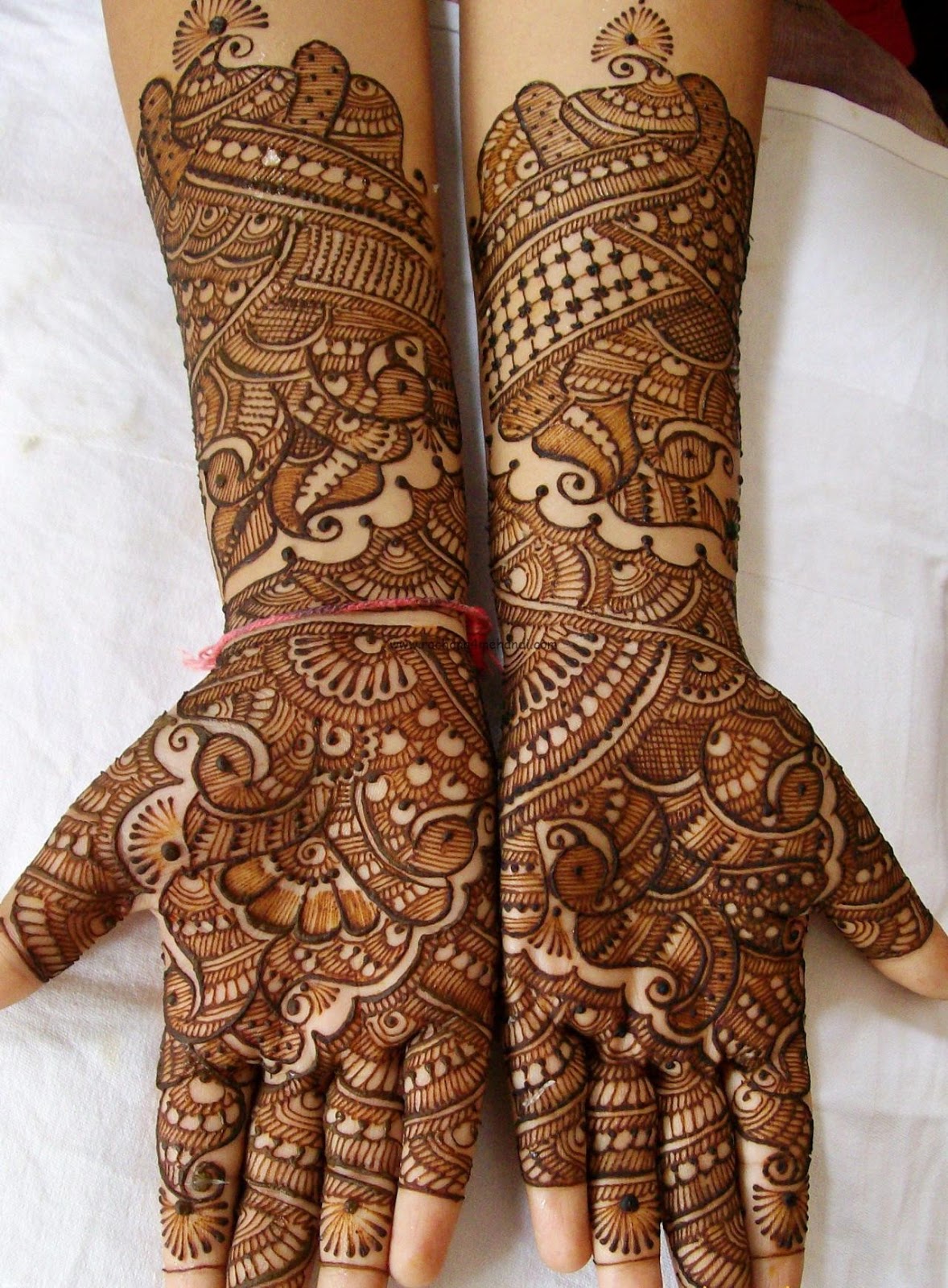Exploring Indian Desinet: A Deep Dive Into Traditional Indian Textiles
Indian desinet refers to the intricate and diverse fabric designs originating from India, showcasing a rich heritage that has evolved over centuries. As globalization takes the world by storm, traditional crafts like Indian desinet have managed to retain their charm and significance, captivating audiences both locally and internationally. In this article, we will explore the fascinating world of Indian desinet, its history, techniques, and the importance of preserving this art form.
From the vibrant colors of ikat to the delicate patterns of block printing, the world of Indian desinet is as varied as the cultures that influence it. The craftsmanship involved in creating these textiles not only reflects the artistic skills of artisans but also tells stories of regional traditions, social customs, and historical narratives. Understanding this art form is essential for anyone interested in the cultural richness of India.
As we delve deeper into this topic, we will examine the different types of Indian desinet, the materials used, and the processes behind their creation. With an aim to enhance your knowledge and appreciation of this beautiful textile tradition, we will also discuss the challenges faced by artisans in the modern era and the steps being taken to sustain this invaluable heritage.
Table of Contents
- The History of Indian Desinet
- Types of Indian Desinet
- Techniques Used in Indian Desinet
- Materials Commonly Used
- Importance of Indian Desinet
- Challenges in Preserving Indian Desinet
- Sustainability Efforts
- Conclusion
The History of Indian Desinet
The roots of Indian desinet can be traced back thousands of years, with references found in ancient texts and artifacts. Textiles have played a crucial role in Indian society, serving not only as clothing but also as symbols of status, culture, and identity.
Historically, Indian desinet was influenced by various dynasties and empires, each contributing unique styles and techniques. The Mughal era, for instance, saw the introduction of intricate patterns and luxurious fabrics, which greatly enriched the Indian textile heritage.
Types of Indian Desinet
Indian desinet encompasses a wide variety of textile forms, each with its distinct characteristics. Here are some of the most prominent types:
- Ikats: A dyeing technique where threads are dyed before weaving.
- Block Printing: A traditional method of printing patterns using carved wooden blocks.
- Handloom: Fabrics woven on traditional looms, showcasing unique regional designs.
- Embroidery: Decorative stitching techniques that add intricate designs to fabrics.
Regional Variations
Each region in India has its unique styles of desinet, often reflecting local culture and traditions. For example, Gujarat is known for its vibrant bandhani, while Rajasthan excels in mirror work and vibrant block prints.
Techniques Used in Indian Desinet
Creating Indian desinet involves a variety of techniques passed down through generations. Some of the most notable techniques include:
- Dyeing: Various methods such as tie-dye, batik, and natural dyeing are used to create vivid colors.
- Weaving: Traditional handloom weaving techniques are employed to produce intricate patterns.
- Printing: Techniques like screen printing and digital printing have modernized traditional methods.
Materials Commonly Used
The choice of materials is crucial in determining the quality and texture of Indian desinet. Common materials include:
- Cotton: Widely used for its breathability and comfort.
- Silk: Valued for its luxurious feel and sheen.
- Linen: Known for its durability and natural texture.
Importance of Indian Desinet
Indian desinet is not just about aesthetics; it plays a significant role in the economy and cultural identity of the country. It supports millions of artisans and contributes to the preservation of traditional craftsmanship.
Moreover, these textiles are often associated with various festivals and ceremonies, making them an inseparable part of Indian culture.
Challenges in Preserving Indian Desinet
Despite its rich heritage, Indian desinet faces numerous challenges, including:
- Globalization: The influx of machine-made textiles threatens the livelihood of traditional artisans.
- Loss of Skills: Young generations are increasingly moving away from traditional crafts, leading to a loss of skills.
- Market Access: Artisans often struggle to access wider markets to sell their products.
Sustainability Efforts
To combat the challenges faced by Indian desinet, various organizations and initiatives are working towards sustainability. These efforts include:
- Promoting Fair Trade: Ensuring artisans receive fair compensation for their work.
- Training Programs: Providing training to younger generations to keep traditional crafts alive.
- Awareness Campaigns: Educating consumers about the importance of supporting handmade products.
Conclusion
In conclusion, Indian desinet is a beautiful representation of India's rich cultural heritage. Its intricate designs, diverse techniques, and historical significance make it an essential aspect of Indian identity. As we move forward, it is crucial to support and preserve this art form to ensure that future generations can enjoy and appreciate its beauty.
We invite you to share your thoughts in the comments below, explore more articles on our site, and help spread awareness about the importance of Indian desinet.
Penutup
Thank you for taking the time to explore the fascinating world of Indian desinet with us. We hope you found this article informative and engaging. We look forward to seeing you again on our site for more insightful content!
Article Recommendations
- Pete Hegseth Children A Comprehensive Look Into His Family Life
- Donald Ray Paugh The Life And Legacy Of A Remarkable Author
- Dog The Bounty Hunters Daughter Passed Away A Heartfelt Tribute To A Beloved Family Member In 2024


